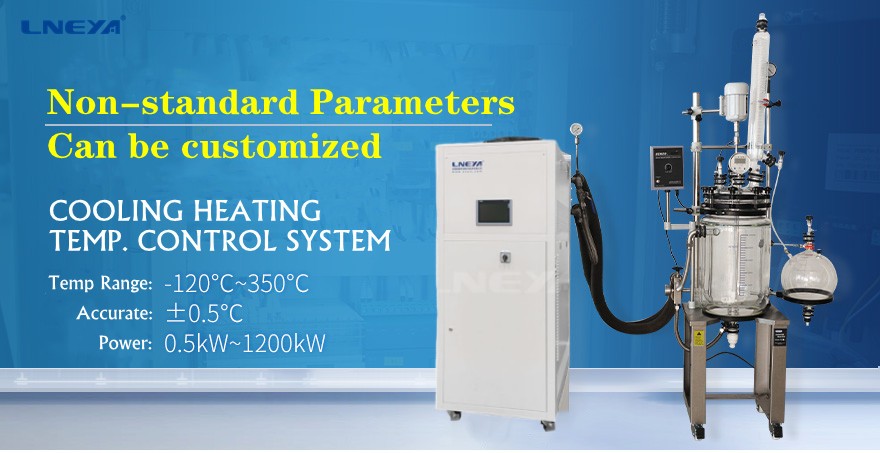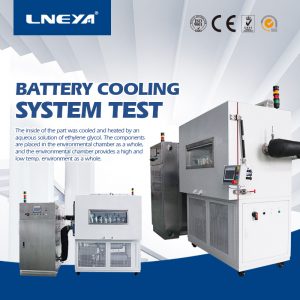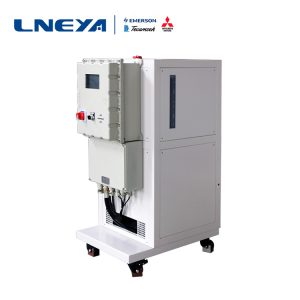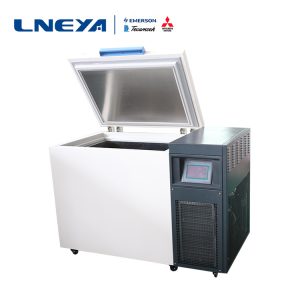Instructions de contrôle de la température pour les réacteurs en acier inoxydable et les réacteurs en verre

Reactor is a kind of reaction equipment in industrial production. It generally needs to be refrigerated or heated. Whether the temperature is suitable or not directly affects its reaction effect. Therefore, if conditions permit, it is generally equipped with a reactor temperature control device. The temperature control device of the reaction kettle uses the conversion of heat conduction oil to heat the material to be heated. Inferior heat conduction oil has a short service life and is prone to scaling. Impurities will decompose under high temperature conditions, and the temperature cannot rise. There is water vapor It will cause more fuel injection. Generally, it is advisable to control the temperature of the reaction solution within 30-300°C for the electric heating reactor. Furthermore, the double-layer glass reactor can choose the corresponding low-temperature refrigeration cycle system for refrigeration, and the low temperature can reach -120°C. Heating can choose water vapor, hot water, heat transfer oil and other heat carriers, and the high temperature can reach 300 °C. Another example is that the temperature of the enamel reaction kettle is 200°C, so the temperature of the material in the kettle is not allowed to exceed this temperature.
Most temperature control applications involve stainless steel reactors, which are more durable, and glass reactors, which allow the user to observe the reaction process inside the reactor. There are many precautions to consider for the safety of glass reactors. Typically, a reactor has an internal cavity in which materials requiring temperature control are stored. The inner cavity is surrounded by a jacket that can be connected to heat-conducting oil, and the temperature control system is connected with the jacket of the reactor. In order to control the temperature of the reactor, the thermal oil is heated and cooled in the temperature control equipment. The temperature control system of the reactor continuously pumps the heat transfer oil into the jacket of the reactor through the circulation pump. Sudden temperature changes inside the reactor will be compensated by rapid heating and cooling of the temperature control equipment to achieve dynamic equilibrium.
Temperature control uses water circulation or oil circulation for temperature control, and the connecting equipment must have flow channels and interlayers. In industry, wherever temperature is required, temperature control is required. Our LNEYA cooling and heating temperature control system can basically be used for temperature control in the above industrial processes. The temperature is from -120~350℃. Plate heat exchangers and pipeline heaters are used to increase the temperature control rate, high-efficiency production stability and repeatable results, providing dynamic constant temperature control of cold source and heat source, fully enclosed system, reducing the demand for heat transfer fluid and increasing the heat of the system utilization rate.
Recommandations connexes
-
New energy power car power battery detection system vacuum description
1119The new energy power vehicle power battery test checks the vacuum pump switch in the closed state before operation; when the vacuum pump is placed horizontally, ensure that the lubricating oil and the oil level line are kept horizontal; whether th...
Voir les détails -
Consignes de sécurité pour l'utilisation de l'huile caloporteuse pour circulateurs à haute température
1150Pour que le circulateur haute température fonctionne plus efficacement, il est recommandé de veiller à la sécurité et au choix de l'huile caloporteuse. A quoi faut-il prêter attention en ce qui concerne l'huile caloporteuse du circulateur haute températ...
Voir les détails -
Nous sommes LNEYA, un fabricant de refroidisseurs.
969There are many manufacturers of industrialchillers in the world, especially JULABO, huber, etc. that are known in theindustry. How much do you know about the production technology of industrialchillers? Now, in many industrial productions, indu...
Voir les détails -
Description environnementale du condenseur d'un grand congélateur industriel
1125Dans le traitement industriel du froid, les grands congélateurs industriels sont l'un des équipements les plus utilisés. Parmi eux, le condenseur est l'un des principaux composants, et ses performances sont très importantes. C'est pourquoi, au moment de choisir, tout le monde a besoin de comprendre.
Voir les détails
 LNEYA Industrial Chillers Fabricant Fournisseur
LNEYA Industrial Chillers Fabricant Fournisseur














